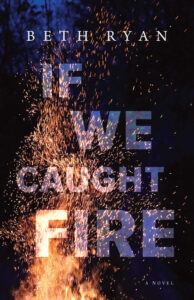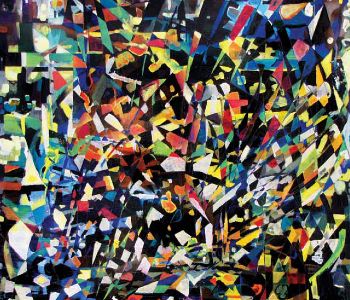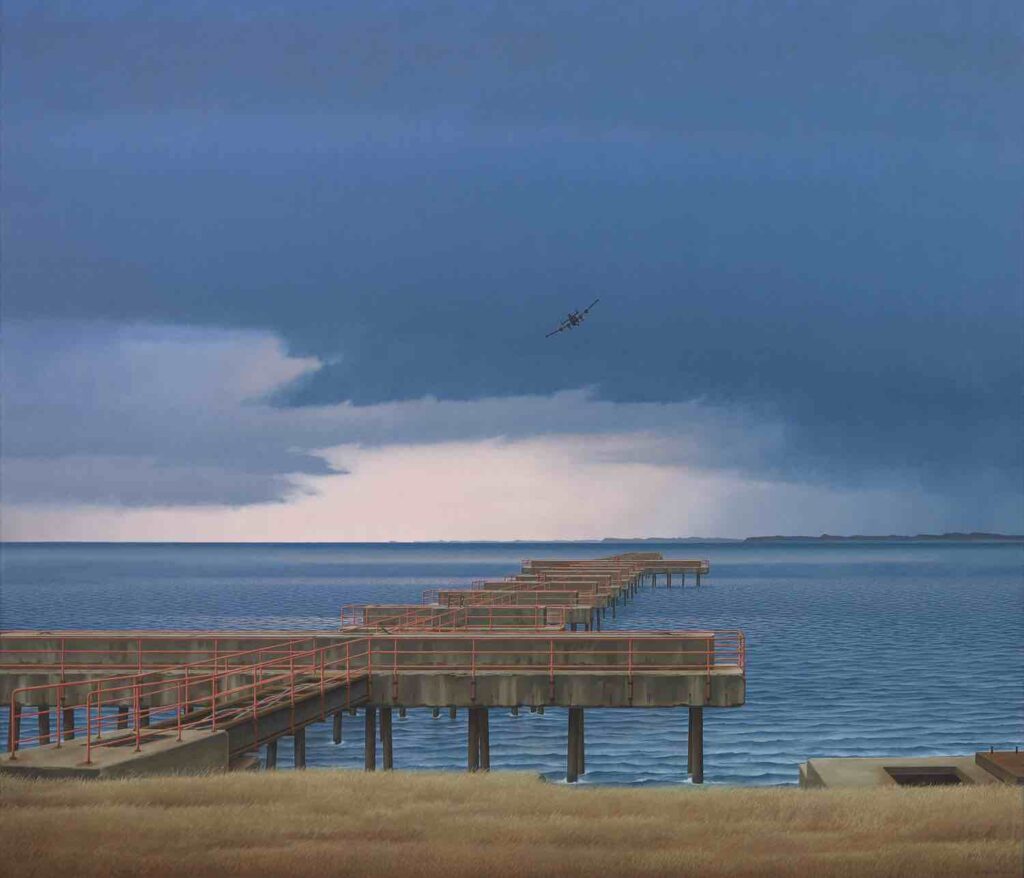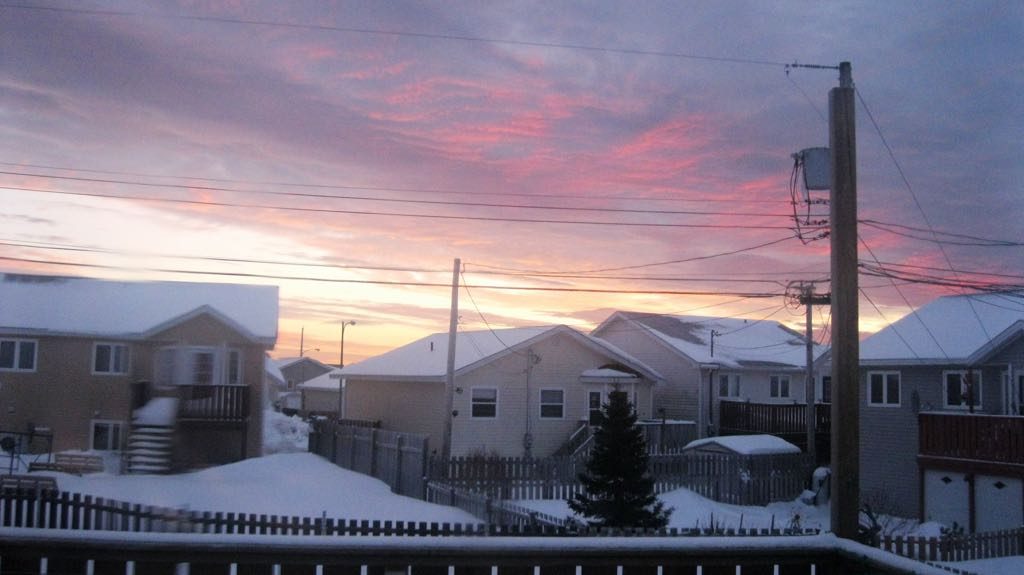Beth Ryan: “Telling stories is one of the ways we try to find meaning in our lives”
May 2023
Can you tell us a little about yourself?
Storytelling has been a huge part of my life since childhood when I would entertain myself by reading stories, writing them, or acting them out. I studied English in university and my first career was in journalism, which was all about talking to people, hearing their stories, and putting it all together in a way that could inform others. I started writing fiction seriously in the late 1990s and published my first book in 2003. In my current work life, I’m a mental health counsellor so I spend every day immersed in people’s stories. My job is to try to help them make sense of the issues they’re facing by looking for patterns and encouraging them to see their lives in new way. and I think it’s the thread that connects everything I’ve done so far.
In your acknowledgements, you say If We Caught Fire started as a postcard story. What part was that? And when did you know the narrative had the “legs” to become a novel?
The postcard story has been expanded and is now a full chapter in the book (Chapter 24) – it’s a scene at a party where the crackly tension between the main characters, Edie and Harlow, ignites into something new. Once I wrote the original piece, I became fascinated with these characters and I wanted to figure out how they met and why they click and what they want from each other. To bring them together, I eventually decided that their parents (her mother and his father) would get married after a whirlwind romance, which prompts Harlow to come to St John’s for the wedding. The first part of the book is really Edie’s story and then Harlow shows up and he becomes a big part of her world which ends up changing both of their lives.

Your short story collection, What is Invisible, was largely set in the 1980s and 1990s (with some stories even further back in time), whereas this takes place largely 2016, much more contemporary. Why that choice?
Because I wrote the novel in bits and pieces over a long period, I didn’t really have a specific time frame in mind. But I knew that exploring Harlow’s backstory and his mental health issues were important to me and I wanted his grief and pain to be taken seriously. If this played out in the 1980s or 1990s, I think Harlow’s sometimes erratic behaviour would have been seen as “the problem” and his mental health concerns would not have been greeted with compassion. As a therapist, I can see that we’ve grown dramatically in our understanding of mental health and illness, trauma, and addiction over the last few decades and we are coming to realize that people’s behaviour is usually just a hint of what’s actually going on in their lives. I think that’s probably the main reason that I chose to set the story in contemporary times.
And speaking of settings, downtown St John’s is its own character. The details – rackety row housing apartments, impoverished artistic roommates, a raucous music scene – feel lived, authentic. How much of that comes through your own experience?
Downtown St John’s was a pivotal part of my life in my 20s and 30s and beyond – mostly because of the music, the arts scene, and the people. Obviously, I came of age in a different St John’s than Edie does but the downtown community is still as electric and exciting now as it was then. In the mid-1980s, I was struck by the passion that people had for everything – ideas, politics, social issues, creative projects. There was an openness and a sense of possibility that I hadn’t experienced anywhere else and it’s where I met so many of the people who played big roles in my life. I think Edie and Harlow wind up having the same kind of formative experiences in some of the same places, 30 years later.
Edie’s family structure is actually fairly unconventional, but strong, resilient love lines connect generations and step- and half-members. I admired how Edie’s mother, Daphne’s, superpower was just sheer kindness. But some would argue that leaves her vulnerable as well. Are you working through some thoughts that come out of your counselling practice here?
I’m delighted that Daphne’s kindness can be perceived as a superpower. I came to love and appreciate this character as I wrote the novel because I think she represents the best of us. She’s been hurt and disappointed by life, yet she remains openhearted and still sees people as inherently good. That takes real strength. Maybe that comes from the people I meet through my counselling practice – I’m blown away by the courage and compassion that people show in the face of trauma, heartbreak, and pain. But I also see similar things in my own world – people who are coping with extraordinary challenges and remain kind and hopeful in the face of them. That is definitely a superpower.
What’s next for you?
Seeing this novel published is very satisfying because it’s the most challenging writing work I’ve ever done (besides writing a master’s thesis). Now that it’s finished, I’m energized about writing fiction again and I’ve gone back to a collection of short stories that I’ve been toying with for years. The short story has its own appeal – it’s a self-contained narrative that forces me to think clearly about what I’m trying to achieve with as few words as possible. It also allows me to jump into a bunch of different character’s heads and explore their experiences so I’m eager to get into those stories. Let’s hope it doesn’t take me as long as it did to write the novel!
If We Caught Fire is published by Breakwater Books ($22.95)



